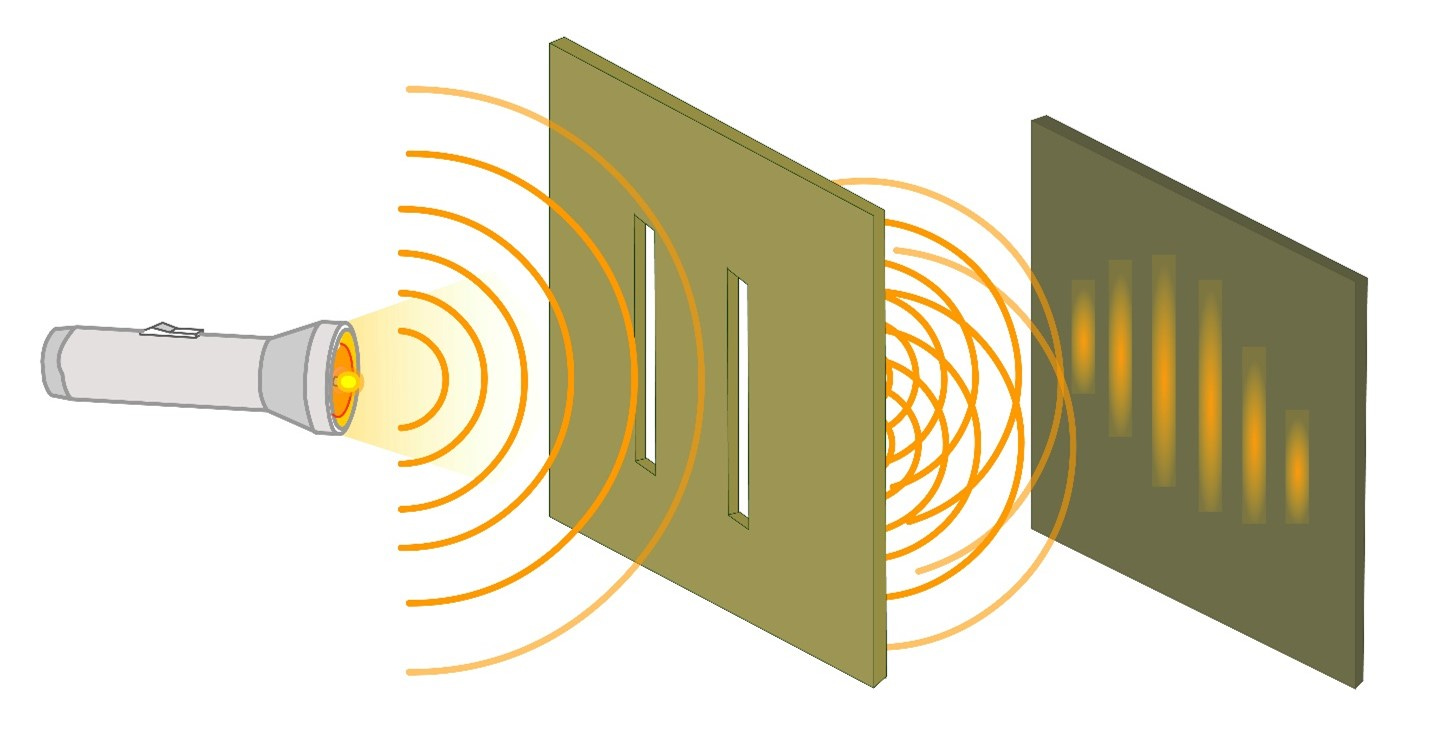The Quantum Leap
July 6, 2023
Last month I published the first two posts in a series of Quantum Leap Beginner Guides focused broadly on “Quantum” and “Qubits” (click on either to read the original post). I felt this sequence aptly laid the groundwork to enable readers to now drill down a bit further. My hope and intention of these Beginner Guides is not to teach readers physics, but to provide a high-level appreciation and intuition for the power that taming these principles can unleash and confirm why you should seek to add quantum exposure to your investment portfolio.
However, going from a description of Quantum to an overview on Qubits skipped a lot of crucial details so the next few posts in this series will help bridge that gap. The first Quantum Leap Beginner Guide described quantum mechanics on a very superficial level and referenced three major quantum mechanical properties that are helping propel exciting new advances in quantum sensors, quantum secure communications, quantum timekeeping and quantum computing, namely:
· Superposition
· Entanglement
· Wave-Particle Duality
While there are many excellent primers available regarding Superposition and Entanglement, and I will cover those in greater detail in the next two posts, “Wave-Particle Duality” is the quantum mechanical principle that helps drive the other two features so let’s begin there.
What is a Particle? What is a Wave?
While this post and its references to “duality” may feel a bit esoteric, it’s really quite fundamental. We are all quite familiar with “particles,” especially when they are on a scale similar to our own bodies. We don’t need to understand Newton’s laws of gravity to be able to strike a cue ball into another ball and sink the billiard shot. We can pick up a sandbag and toss it towards the cornhole and when we overthrow the first try, we adjust our efforts and can sink the sandbag on subsequent tosses. All without any math or physics! We can feel objects in our hands and feel the effects of gravity. We can even observe the moon at night and get some appreciation for how it affects tides (even though it is 238,900 miles away).
We are also familiar with “waves” such as when we hear a sound (which comes to our ear via a sound wave), wave a streamer, or when we toss pebbles into a still lake. We intuitively know that when two waves meet, they impact each other. If we toss two pebbles into that lake, we will see how their expanding rings of waves cross each other and increase the size of the wave in some areas but lower the waves in others. We may also be familiar with noise-cancelling headphones, which “listen” to the exterior sounds then create an off-phase copy of the sound, which is combined in the ear, so the listener hears virtually nothing since those two waves cancel each other out.
OK, so far so good. We have a decent intuitive mental picture for what a “particle” is and what a “wave” is. But do we really? What if something exhibits properties of both? Well, in fact, that is the core principle driving nearly all of the current Quantum technologies.
Wave-Particle Duality
Most introductory texts on this topic reference the “double slit experiment” originally conducted by British Scientist Thomas Young in 1801. While the implications of this experiment are profound, it is a fairly simplistic construct and should be easy to understand. In the graphic below, you’ll note some “particles” on the left, approaching a screen that has two slits in it. Imagine that those particles are BBs fired from a gun toward the screen. Some BBs will be blocked by the screen, and some will pass through the slits. If you fired many BBs towards that first screen, some would enter the top slit and some would enter the bottom slit, with a resulting pattern on the target like the image below on the far right. You’ll note a bunch of “hits” clustered behind the top slit and a bunch clustered behind the bottom slit.
Pretty straight forward. Now, if instead of BB’s you were to use a flashlight, the results would be different as depicted below.
In this instance, the flashlight emits light “waves” which are either blocked by the first screen or enter the two slits simultaneously and their wave properties lead to an interference pattern (just like the waves of the two pebbles tossed into the lake). So, in this case, the flashlight would cause a striped pattern on the target screen which would look like the pattern above on the far right. [For those seeking a bit more detail on what causes this pattern, the distance between the slits causes a slight delay between the two waves (i.e., causes a phase differential), depending on where on the screen they strike. For the darker bands, this phase differential is a half-cycle and so the waves cancel each other out. The reverse is true for the brighter bands where the phases overlap and increase the intensity of the light.]
So far so good. Particles passing through the slits cause lumped images on the screen and waves passing through cause interference patterns. This is hopefully easy to visualize and in fact, would be quite easy to show at home with only basic materials.
Now bear with me as things get a little strange. What do you think would happen, if instead of a flashlight, a “photon gun” was used? In this case, the gun fires just one photon at a time. What would the pattern on the screen look like in that case? You may guess that since the photons are entering individually, they would either go through the left slit or the right slit and cause the “BB-like” pattern in the first example. In fact, if you fire the first photon it appears somewhere behind one of the slits. Fire another photon and again it hits somewhere behind one of the slits. However, after many photons are fired, the pattern on the target screen will look like the interference pattern caused by the waves of light! These individual “particles” of light are exhibiting wave-like features. This same experiment can be performed using individual electrons instead of photons, and the same interference pattern will appear. Even when only one electron at a time is fired at the screen, as depicted below:
[If you prefer a video which shows this result, please check here.] So, this basic experiment yields a profound finding. Quantum particles such as individual photons or electrons, behave a bit like a particle and a bit like a wave, ergo wave-particle duality, which physicist Richard Feynman referred to as the central mystery of quantum mechanics.
Summary
We have an intuitive feel for things that we experience with our bodies. Without any physics training, we can feel the g-force on a roller coaster, swing a golf club and hit a ball towards the hole or roll the bowling ball towards the pins and hopefully knock them all down. However, the physics involved with very, very small things, are not intuitive so they are hard to visualize and appreciate. In this post, we have learned that quantum objects (e.g., atoms, photons, electrons) exhibit both “particle” behaviors and “wave” behaviors. You don’t need to understand the physics behind this non-intuitive duality to appreciate that we are now beginning to take advantage of it and use it effects to begin doing some amazing things like create ultra-precise sensors and massively powerful quantum computers. Stay tuned to this blog for coming posts on “Superposition” and “Entanglement” which will round out the ways we are using quantum mechanical properties and some added posts which showcase how these properties are being leveraged for new uses, hopefully in a language non-physicists can understand.
References:
Wikimedia Commons, File:"Two-Slit Experiment Particles.svg", accessed July 2, 2023.
"The Power of Human Consciousness - The Observer Effect", www.phienergy.org, accessed July 2, 2023.
Aydin, Alhun, "Quantum Shape Effects," www.researchgate.net, February 2021.
Disclosure: I have no meaningful beneficial positions in stocks discussed in this review, nor do I have any business relationship with any company mentioned in this post. I wrote this article myself and express it as my own opinion.
If you enjoyed this post, please visit my website and enter your email to receive future posts and updates: http://quantumleap.blog
Russ Fein is a venture investor with deep interests in Quantum Computing (QC). For more of his thoughts about QC please visit the link to the left. For more information about his firm, please visit Corporate Fuel. Russ can be reached at russ@quantumleap.blog.






